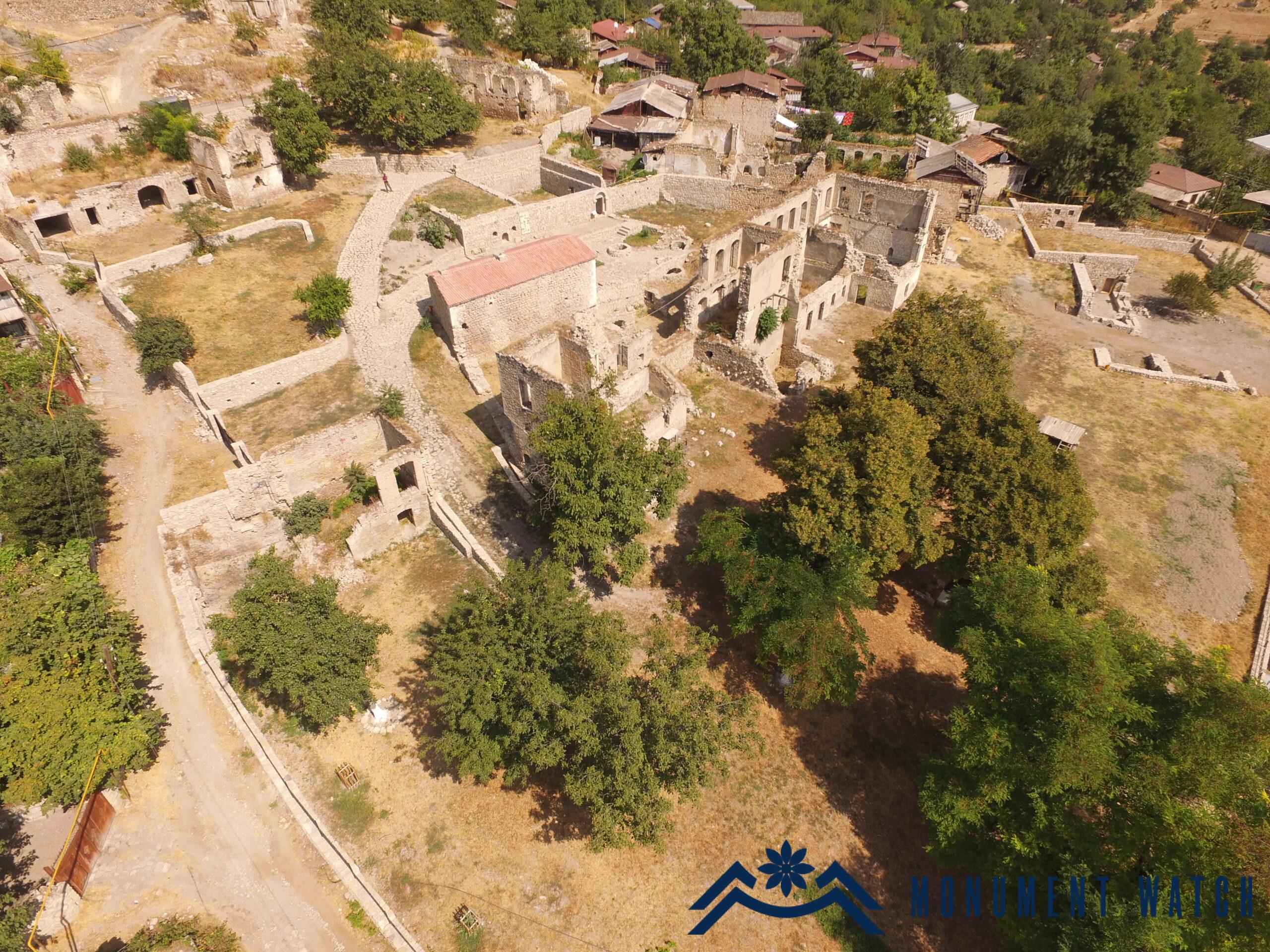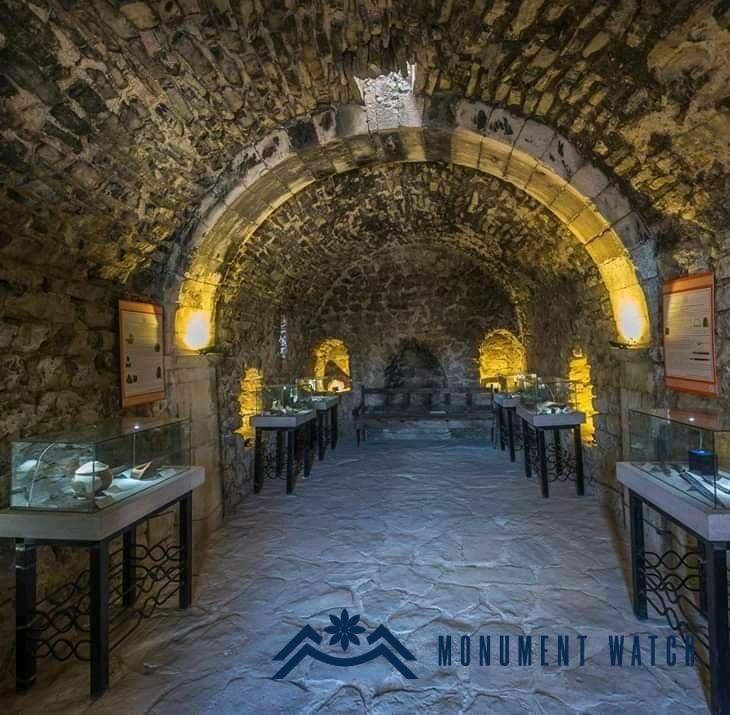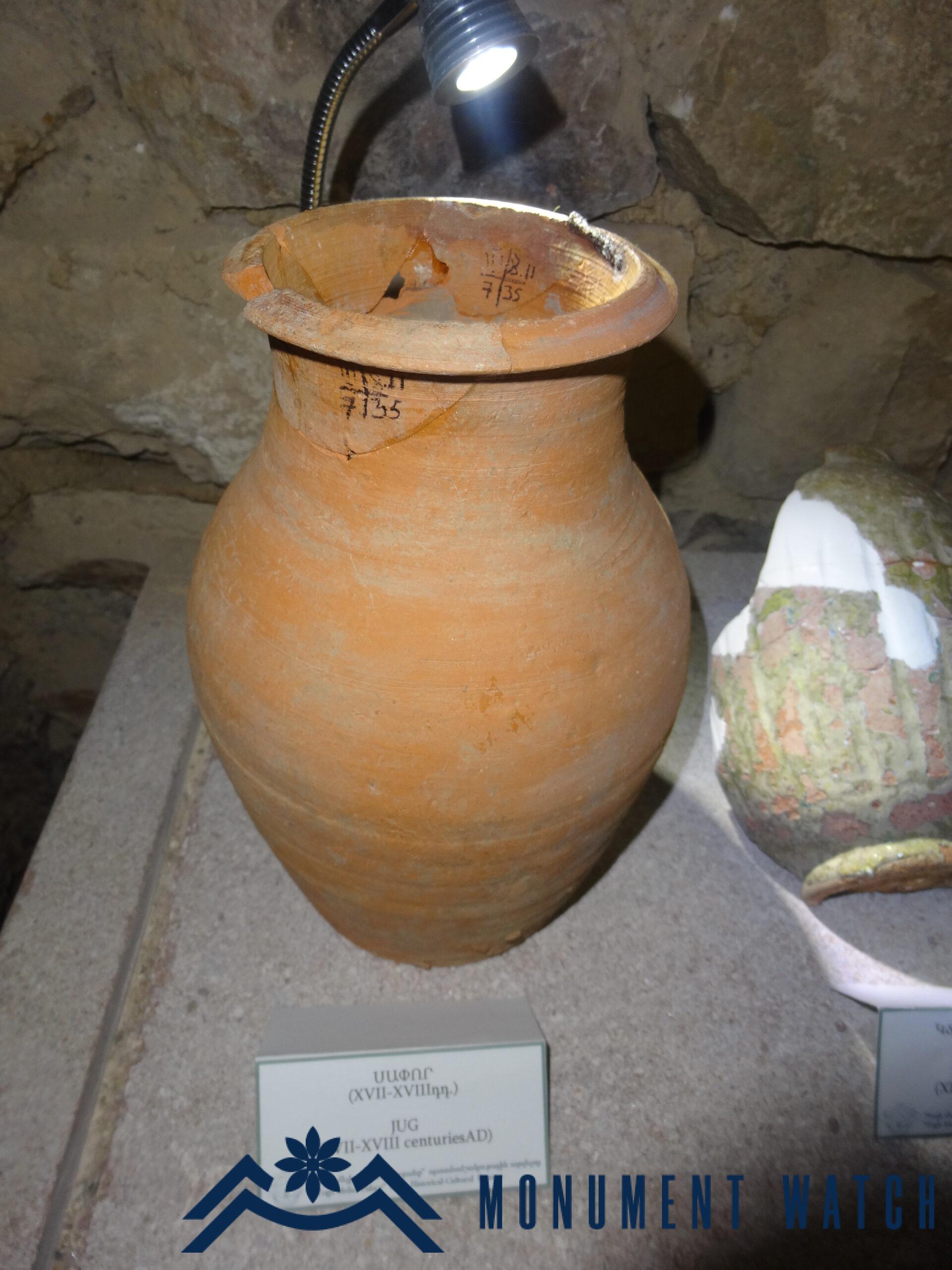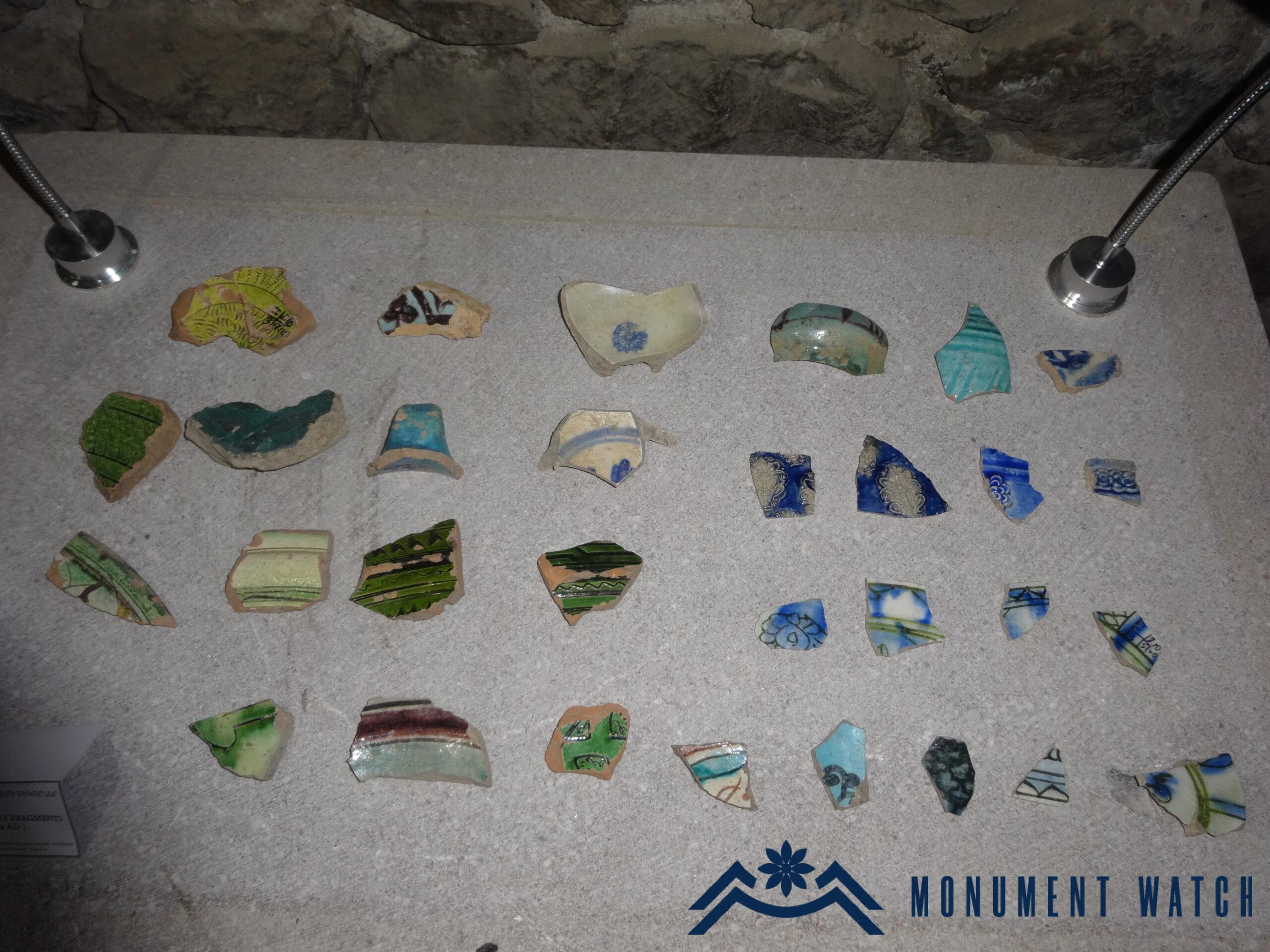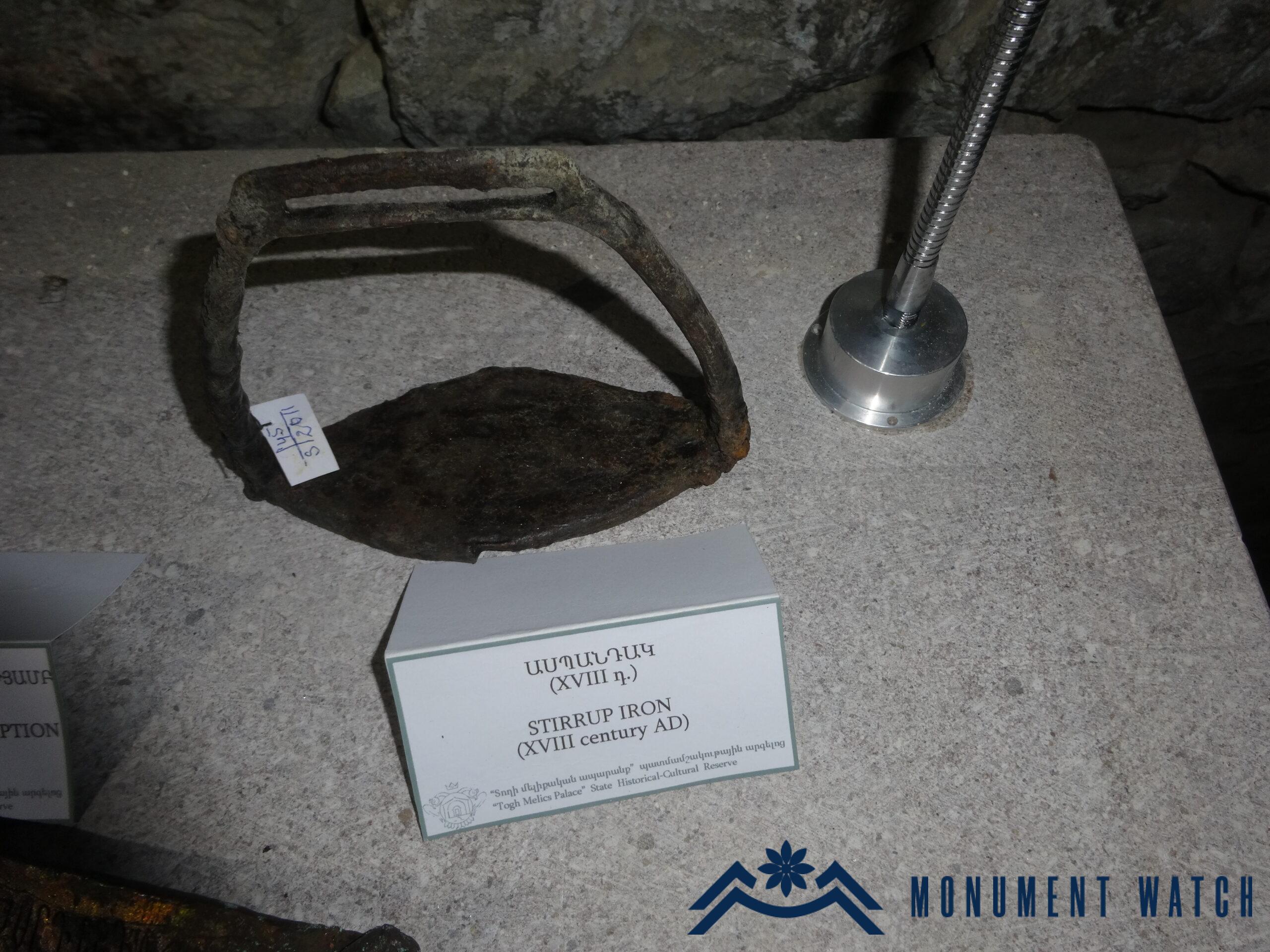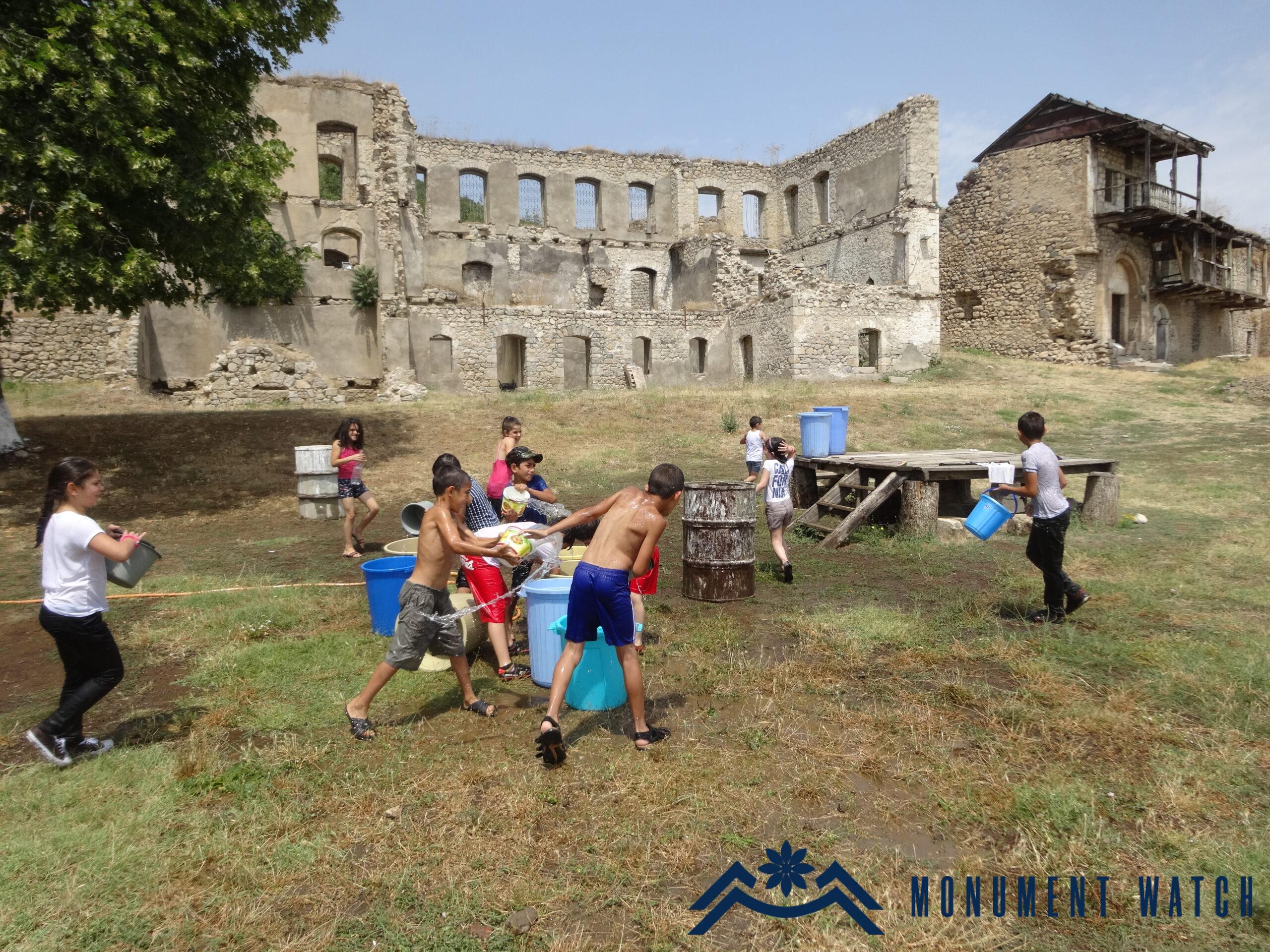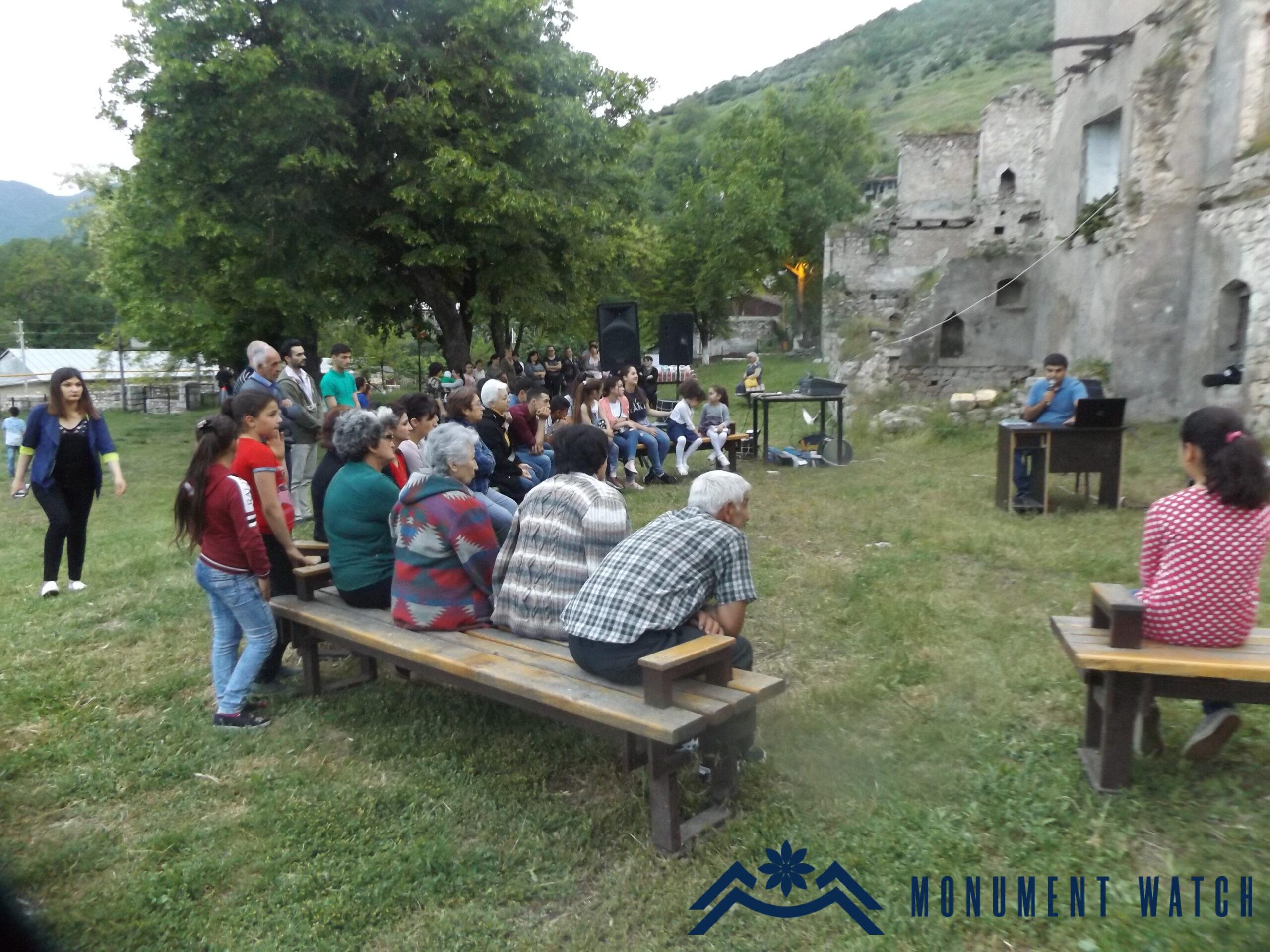
“The Melik Mansion of Togh” Historical and Cultural Reserve Museum
History
“The Melik Mansion of Togh," a historical and cultural reserve museum, is situated in the village of Togh within the Hadrut region of the Republic of Artsakh (Fig. 1) (https://monumentwatch.org/en/monument/the-melik-mansion-of-togh/).
Established in 2013, the Melik Mansion of Togh operated from the reception building of Melik Yegan (Fig. 2). Following excavation efforts, the building underwent restoration and was equipped to showcase museum exhibits (Fig. 3).
After the conclusion of the 44-day Artsakh war in 2020, the museum and its collection fell under the occupation of Azerbaijan.
The collection
The museum's collection comprised glazed vessels dating from the 17th to the 19th centuries, along with a diverse array of metal objects (Figs. 4-6). These artifacts were unearthed during the 2011-2013 excavations in the vicinity of the monument. The exhibits predominantly focused on showcasing the rich history of Togh Village and its surrounding areas. Of particular significance in the exhibition was the Heraldic flag associated with the Church of Surb Hovhannes in Togh. Throughout the Soviet era, this medieval church transformed into a house of culture. Following the nation's independence, and the removal of the wooden structure added during the House of Culture phase, several noteworthy discoveries, including a crucifix (Heraldic flag), were unearthed. An especially crucial find was the silver money treasure discovered during the 2017 excavations. Some of the coins from this treasure were prominently displayed in the museum. The complete treasure consisted of 170 silver Abbasid coins issued by various local khanates, along with the Iranian Zand dynasty. The coins originated from several mints, including Gandzak, Shamakhi, Nakhichavan, Tabriz, and Rasht. The earliest drams in the treasury were minted during the penultimate Safavid ruler, Shah Tahmasp II (1722-1732), specifically in the city of Rasht in the 1139 Hijri year (1726-7). The most recent coins in the collection date back to 1188 (1774-5) and represent the mints of Gandzak and Shamakhi cities.
The activity of the museum before the war
The reserve museum held a prominent status as one of the most visited monuments in Artsakh. Since 2014, it has become a focal point for Artsakh wine festivals.
The museum and its collection exhibition played a pivotal role in these events. Additionally, the museum played a vital role in the cultural life of the community, serving as a venue for celebrations of folk holidays such as St. Easter and Vardavar (Fig. 7). It also hosted events dedicated to the International Day of Museums, Museum Night, and European Heritage Days (Fig. 8).
The condition after the war
During the 44-day war, the village faced shelling. Subsequent surveys with the last individuals who left the village, along with monitoring of Azerbaijani media post-war, confirmed that the museum building remained standing. However, the fate of the museum's collection, its storage location, and the conditions it currently faces remain unknown.
The museum and international law regulations
The 1954 Hague Convention for the Protection of Cultural Property in the Event of Armed Conflict, along with its two protocols (1954 and 1999), serves as the international legal and legislative framework for safeguarding cultural property, including museums and their collections, during times of armed conflict. Article 4 of the 1954 Hague Convention for the Protection of Cultural Property in Time of Armed Conflict prohibits various actions that can cause harm to cultural heritage. These actions include vandalism, theft, robbery, and misappropriation, as well as engaging in hostilities and reprisals that target cultural heritage. It is prohibited to destroy cultural or spiritual values in occupied territories, according to the first Hague Protocol of 1954. The requirement is reaffirmed in the Second Hague Protocol of 1999, which classifies such an act as an international crime under Article 15. Actions aimed at destroying cultural values are also prohibited by four international conventions and protocols on the protection of victims of war, rules, and customs of war of Geneva of August 12, 1949, as well as applicable UN resolutions and human rights treaties.
